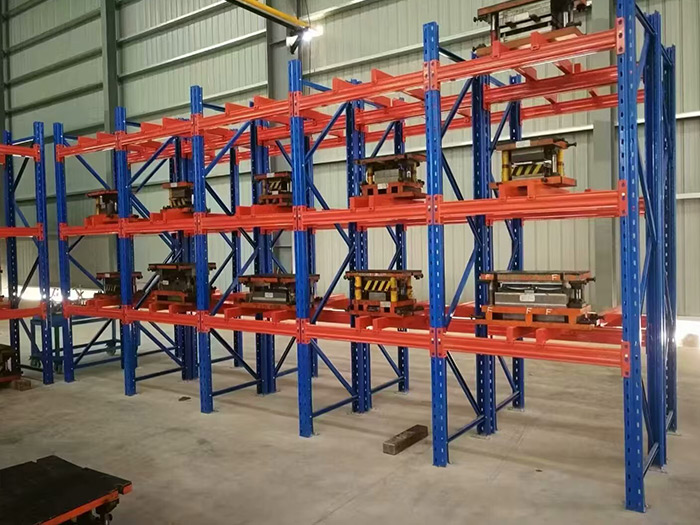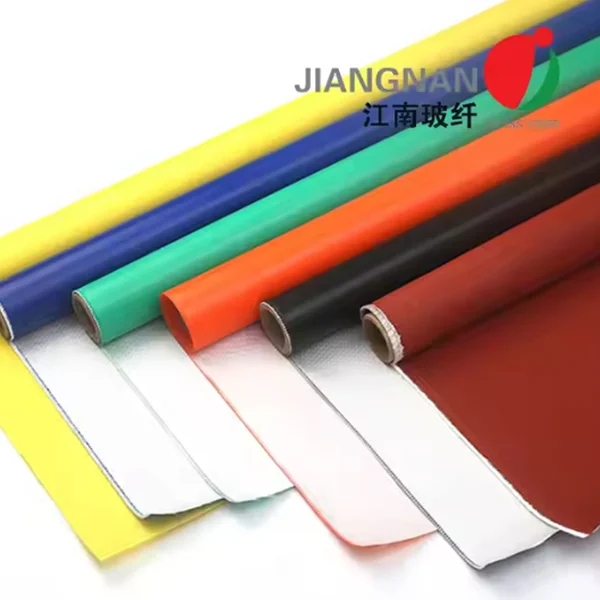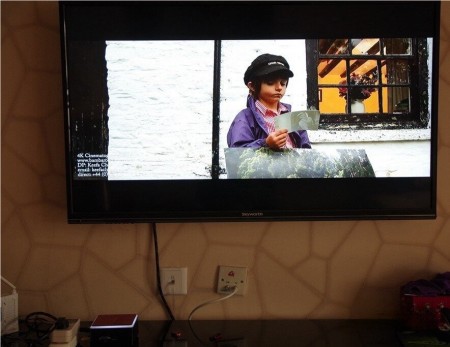In today's fast-paced and noisy world, soundproofing has become a necessity for many individuals and businesses alike. Whether you're looking to create a peaceful environment at home, reduce noise pollution in offices, or enhance the acoustic quality of a recording studio, choosing the right fabric for soundproofing is crucial. In this article, we will delve into the world of soundproofing fabrics, exploring their properties, applications, and the best options available.
- Understanding the Basics of Soundproofing:
Before we dive into the specifics of fabric selection, it's essential to grasp the fundamentals of soundproofing. Soundproofing involves minimizing the transmission of sound waves through the use of materials that absorb, block, or dampen sound. While various factors contribute to effective soundproofing, such as insulation and construction techniques, the choice of fabric plays a significant role. - Key Considerations for Soundproofing Fabrics:
When selecting a fabric for soundproofing, several factors should be taken into account:
a. Density and Mass:
Fabrics with higher density and mass tend to be more effective at blocking sound. Heavyweight materials, such as velvet or wool, are excellent choices for soundproofing applications.
b. Sound Absorption:
In addition to blocking sound, some fabrics also possess sound-absorbing properties. These fabrics absorb sound waves, reducing echo and reverberation. Acoustic curtains or panels made from materials like felt or microfiber are ideal for this purpose.
c. Noise Reduction Coefficient (NRC):
The NRC is a measure of how much sound a material can absorb. Fabrics with a higher NRC rating are more efficient at reducing noise. Look for fabrics with an NRC rating of 0.8 or above for optimal soundproofing results.
- Top Fabrics for Soundproofing:
a. Mass-Loaded Vinyl (MLV):
MLV is a popular choice for soundproofing due to its high density and mass. It effectively blocks sound transmission and can be used in various applications, including walls, floors, and ceilings.
b. Acoustic Fabrics:
Specifically designed for soundproofing, acoustic fabrics offer excellent sound absorption properties. They are commonly used in theaters, recording studios, and home theaters. Examples include Guilford of Maine FR701 and Audimute Sound Absorption Sheets.
c. Wool:
Wool is a natural fiber known for its dense and sound-absorbing qualities. It is commonly used in carpets, drapes, and upholstery, making it an ideal choice for soundproofing residential and commercial spaces.
d. Velvet:
Velvet is a heavyweight fabric that not only adds a touch of luxury but also provides effective soundproofing. It is commonly used in home theaters, recording studios, and soundproof curtains.
- Application and Installation Tips:
a. Walls and Ceilings:
When soundproofing walls and ceilings, consider using MLV or acoustic fabrics. Install them as an additional layer beneath drywall or as curtains or panels for a more flexible solution.
b. Windows and Doors:
To reduce noise transmission through windows and doors, opt for heavy curtains or drapes made from sound-absorbing fabrics. Additionally, weatherstripping and double-glazed windows can further enhance soundproofing.
c. Floors:
For soundproofing floors, consider using carpets or rugs made from wool or other dense materials. These will help absorb impact noise and reduce sound transmission between floors.
Conclusion:
Choosing the right fabric for soundproofing is a critical step in creating a peaceful and noise-free environment. By considering factors such as density, mass, sound absorption, and NRC ratings, you can make an informed decision. Whether you opt for mass-loaded vinyl, acoustic fabrics, wool, or velvet, each material has its unique properties and applications. By implementing soundproofing fabrics strategically, you can effectively minimize noise pollution and enjoy a quieter and more comfortable space.






